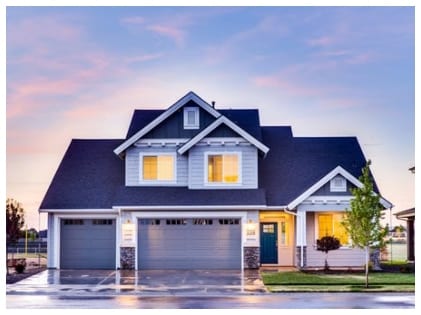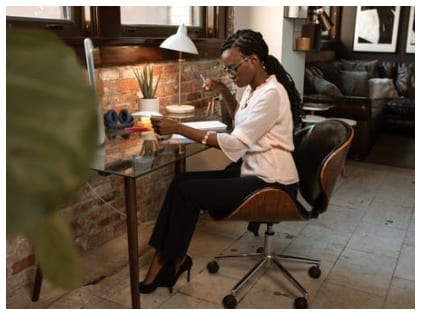With the coronavirus pandemic set to transform the world, we are on the verge of a new beginning — a new era where the traditional values of living will shape up into a new mold and reorient our relationships with the people and government in a number of different ways. Just like the 9/11 or 2008 economic meltdown, the aftermath will last long, even longer than what we’re expecting. Humanity got to find a way through it and we’re sure we’ll survive this but our lives and habits will change to a great extent. But how does the revised way of living look like? Let’s find out more.
Home Sweet Home, Not Apartment
 The concept of the house was first introduced by prehistoric humans to get safe shelter from harsh weather or predators roaming around them. Slowly, the idea got reformed and we can see the concept of building massive fortresses to keep the enemy at bay. Beyond the idea of living, the notion of affordable living and the epitome of luxury started co-existing in our society later on.
The concept of the house was first introduced by prehistoric humans to get safe shelter from harsh weather or predators roaming around them. Slowly, the idea got reformed and we can see the concept of building massive fortresses to keep the enemy at bay. Beyond the idea of living, the notion of affordable living and the epitome of luxury started co-existing in our society later on.
But now, after the breakout of the contagious coronavirus, the apartment or affordable housing concept might take a backseat in the future. In a multi-story building, you have to share elevators or stairs with other residents where the chance of getting infected is high. The lack of space for isolation could be another reason behind opting for a house of your own. You might have to go for a tranquil living, far from the urban chaos to get rid of the infection. Relocation might have been on the cards.
Bunkers Are Better Than Open-Plan Spaces
Say goodbye to the luxurious open-plan places as in the new world, you’re going to witness another change in traditional living where bunker-like contained rooms without window or balcony could be a new reality. The world during or after the apocalypse is no longer a subject of mere fiction.
The current pandemic shows that how a man-made hazard could start a worldwide rampage and people need to ensure the survival of the fittest and the safest. The idea of a secluded, safe, and secured place for the entire family with enough stock of food and water could well be into your consideration then.
Towards Self-Sufficiency
 Self-sufficiency has to be elevated to such a level where people can actually be independent on their own. For example, think of a post-apocalypse era where you’re well alive but got entirely disconnected from the outside world. The dismantled government is unable to resume the emergency services and you have to find a source of your own water supply and heating.
Self-sufficiency has to be elevated to such a level where people can actually be independent on their own. For example, think of a post-apocalypse era where you’re well alive but got entirely disconnected from the outside world. The dismantled government is unable to resume the emergency services and you have to find a source of your own water supply and heating.
Autonomous mini-stations for alternative power could be a new reality in every household. Geothermal wells and added water sources can be used for heating purposes, while satellite internet will revolutionize the connection worldwide. The main objective is to minimize the risk in case of a complete shutdown.
Work-From-Home Will Become The New Normal
 Just like the way we are forced to do work remotely from our home during the quarantine period, the trend could go on even after the pandemic is over. Sure there will be people who might want to visit the office on a regular basis, but there would also be a lot of people who want to stick with the WFH module.
Just like the way we are forced to do work remotely from our home during the quarantine period, the trend could go on even after the pandemic is over. Sure there will be people who might want to visit the office on a regular basis, but there would also be a lot of people who want to stick with the WFH module.
The reason is mainly the fear of catching the coronavirus due to a strict working atmosphere. Once the home becomes your workplace for a long period of time, you probably go for its improvement to enhance its comfort. The employers will also send the high-end connective system to make you well-equipped for emergencies.
Along with these four major transformations, there could be other improvements as well that will alter the way we used to live in a pre-pandemic era. For instance, the inception of urban gardening or farming, rejection of mass industry, the rise of local industries, etc, are going to take the center stage. The self-isolation period might be pretty boring to pass through, hence to keep people away from psychological issues indoor gardening in spare time could be a new trend for us. Corporate and production units will be more cautious regarding hazards and the use of natural materials in the manufacturing industry could set a new trend for a better tomorrow.




